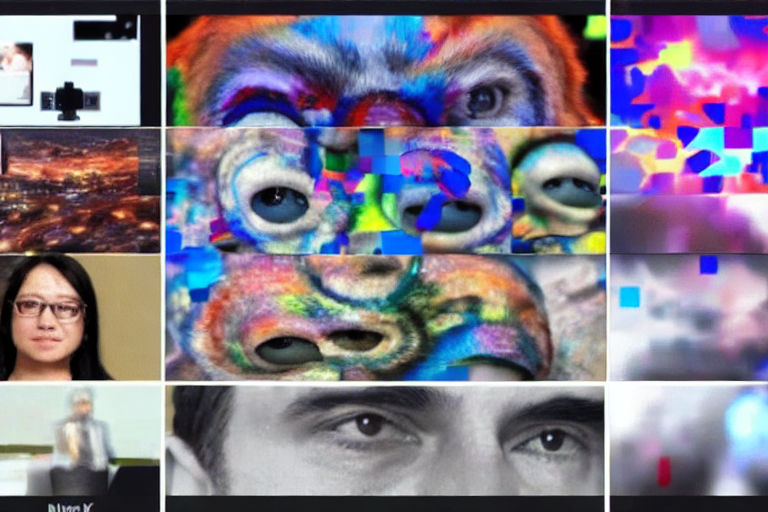Building Convolutional Neural Networks with TensorFlow for Image Classification
In today's world, image classification has become an essential part of many industries such as healthcare, e-commerce, automotive, and many others. Convolutional Neural Networks (CNNs) are widely used for image classification tasks as they are capable of recognizing complex patterns in images. TensorFlow is a popular open-source framework for building deep learning models, and its high-level API makes it easy to build and train CNNs. In this post, we will discuss how to build Convolutional Neural Networks with TensorFlow for image classification.
Understanding Convolutional Neural Networks
CNNs are a type of deep neural network that is primarily used for image classification tasks. The architecture of a CNN is designed to process data with multiple arrays, and they are highly adept at extracting features from images. CNNs consist of three main layers, namely Convolutional Layer, Pooling Layer, and Fully Connected Layer.
Convolutional Layer
The Convolutional layer is responsible for extracting features from the input image. The layer applies a set of convolutional filters to the input image, which moves across the entire image to produce a feature map. The feature map produced by the Convolutional layer captures spatial information and the low-level features of the input image.
Pooling Layer
The Pooling layer is used to reduce the spatial size of the input image. The layer achieves this by down-sampling the feature map produced by the Convolutional layer. The most common type of Pooling layer is the Max Pooling layer, which selects the maximum pixel value from the region of the feature map.
Fully Connected Layer
The Fully Connected layer is responsible for classifying the input image. The layer takes the feature maps generated by the previous layers and flattens them into a single vector. The vector is then fed into a fully connected neural network, which outputs the final classification.
Building CNNs with TensorFlow
TensorFlow provides a high-level API called Keras for building deep learning models. Keras makes it easy to create CNNs for image classification tasks. Here's an example of how to build a CNN with TensorFlow:
import tensorflow as tf
from tensorflow.keras import layers
## Define the model architecture
model = tf.keras.Sequential([
layers.Conv2D(32, (3, 3), activation='relu', input_shape=(28, 28, 1)),
layers.MaxPooling2D((2, 2)),
layers.Flatten(),
layers.Dense(10, activation='softmax')
])
## Compile the model
model.compile(optimizer='adam',
loss='sparse_categorical_crossentropy',
metrics=['accuracy'])In this example, we define a Sequential model, which is a linear stack of layers. The first layer is a Conv2D layer with 32 filters and a 3x3 kernel size. The activation function used in the layer is ReLU. The second layer is a MaxPooling2D layer, which down-samples the feature map produced by the previous layer. The third layer is a Flatten layer, which flattens the feature map into a single vector. The fourth layer is a Dense layer, which outputs the final classification. The activation function used in the layer is softmax.
Conclusion
Convolutional Neural Networks are an integral part of image classification tasks, and TensorFlow provides a high-level API that makes it easy to build and train CNNs. In this post, we discussed the architecture of a CNN and how to build one with TensorFlow. We hope you found this post informative and useful.





